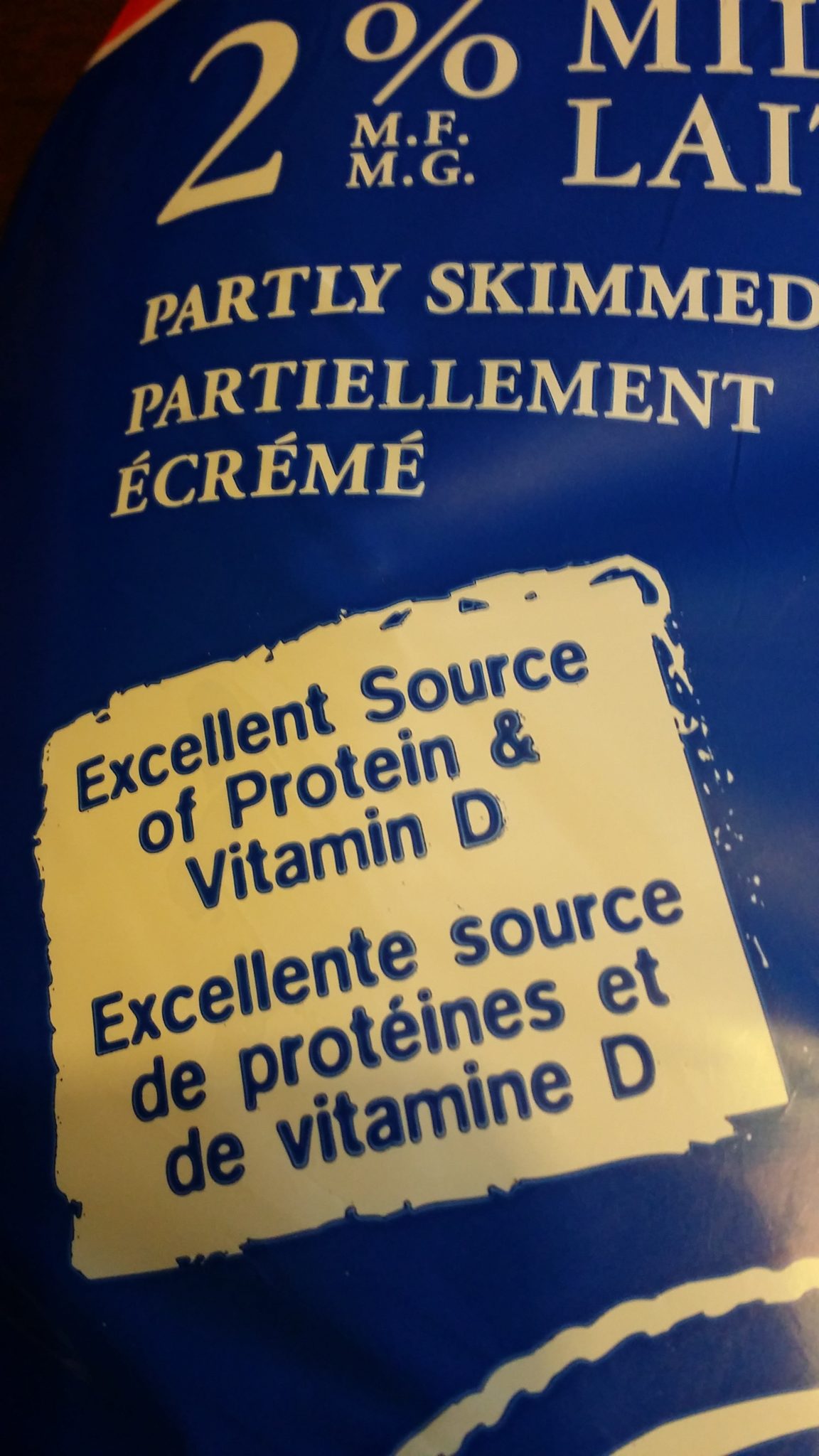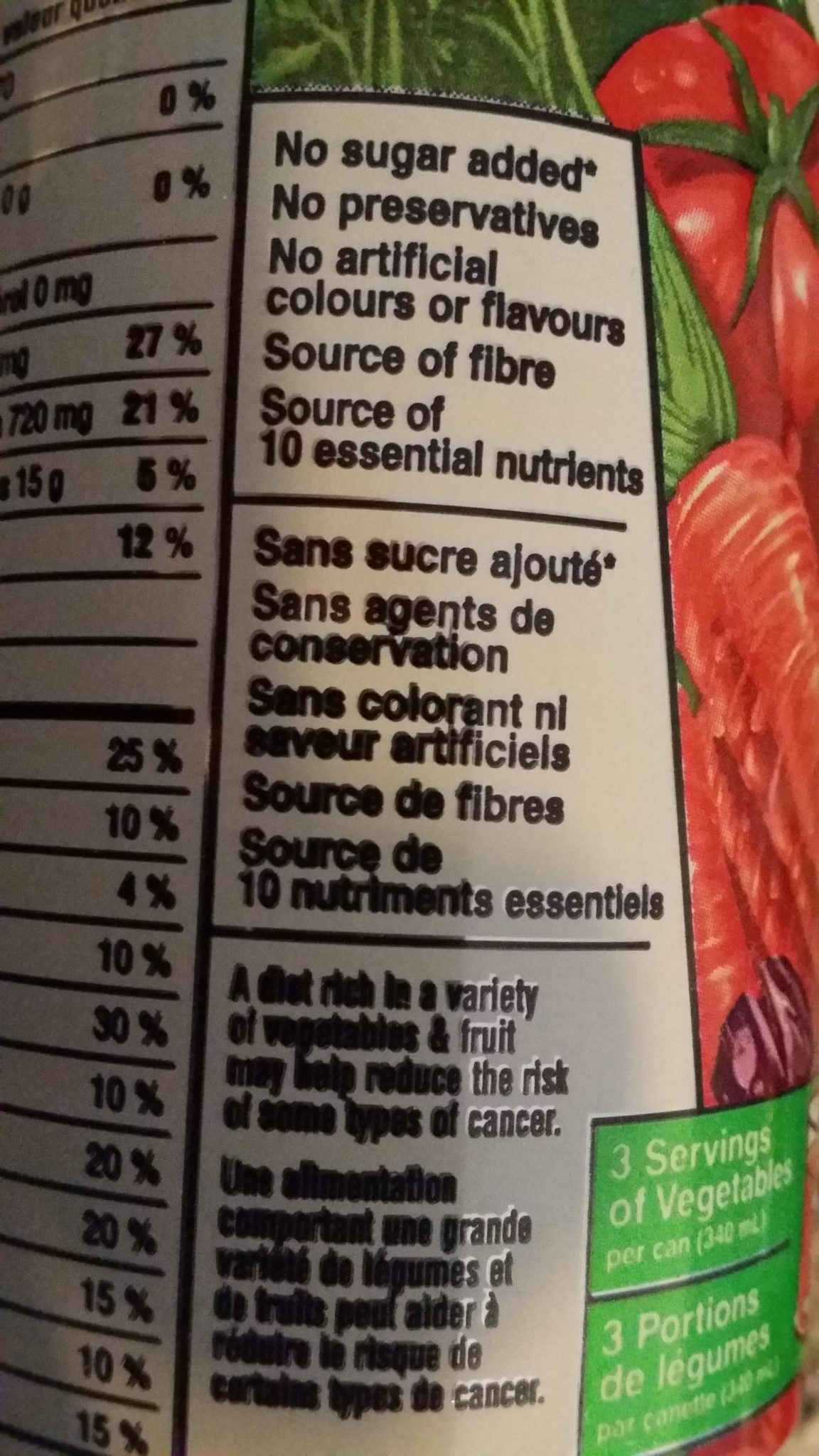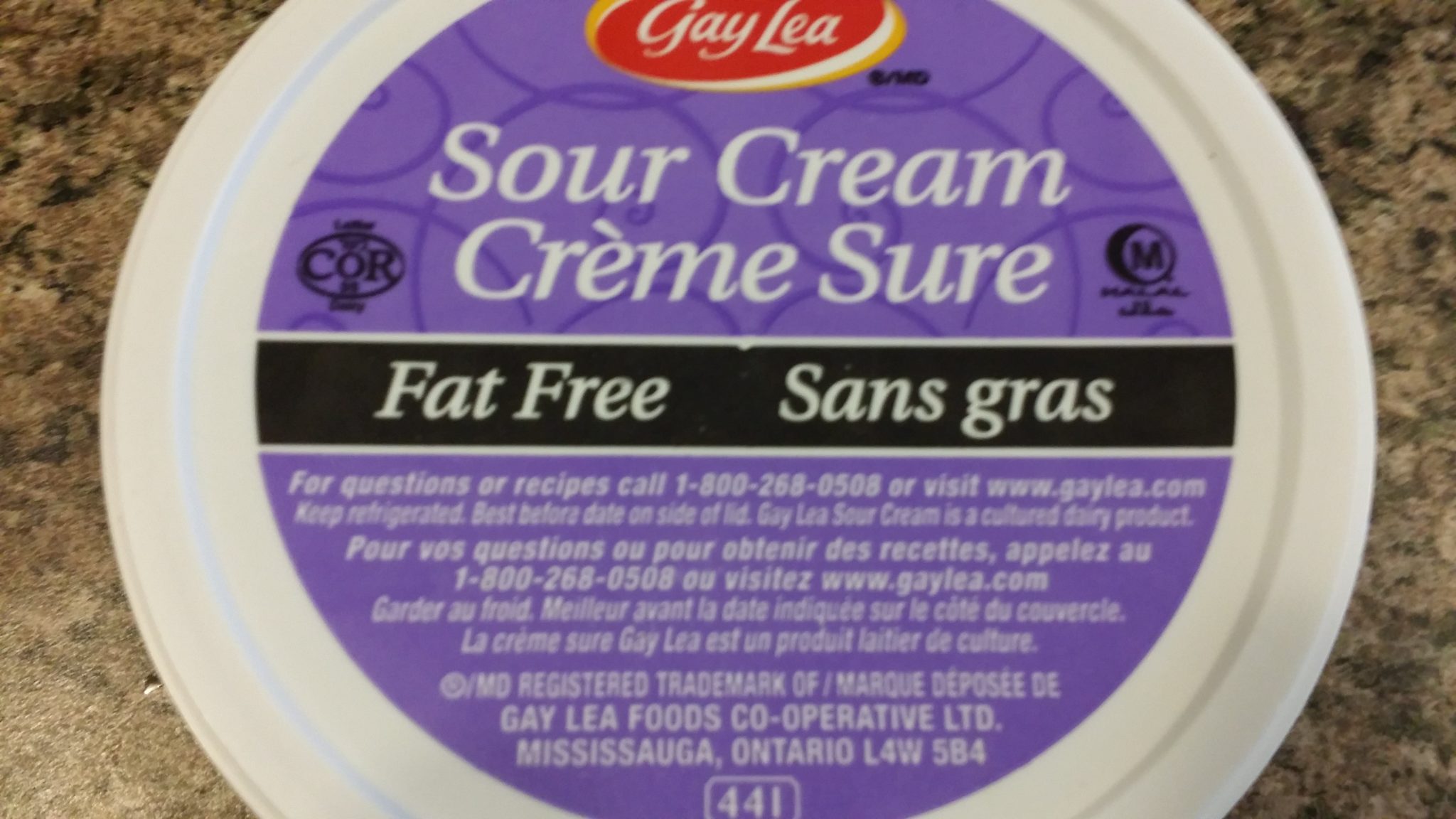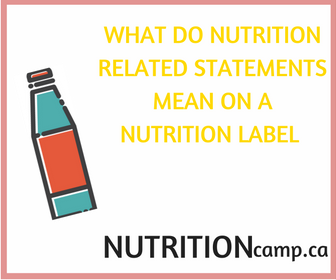Picture this: you are standing in the Cereal isle. You are looking at the dozens of colorful cereal boxes neatly lined up on the shelves. In your mind you are thinking which one should I buy. And you are unable to make up your mind. So you use your best judgement.
Grocery shopping can be daunting and at times confusing. The labels make it even more confusing. There are all these claims made on the packages such as “High in fibre”, “source of iron”, “good source of calcium” and so on. You turn to the label but that makes it even more complicated. So my intent with this post is to clarify these concepts for you in the simplest manner possible so they make sense for you. If you have any questions, please feel free to email me at alka@alkachopra.ca . I will be happy to help you in any way I can. So here I go……….
You often find certain statements made on some products like the ones that I have mentioned above i.e. “High in fibre”, “source of iron”, “good source of calcium” and so on. These kind of statements are called “Nutrition Claims” and are guided by Health Canada. A manufacturer requires to follow certain criteria before they are able to make these type of claims on a food package. These claims must also follow certain rules from Health Canada to make sure that they are consistent and not misleading. These claims are optional and may be found on some food products.
There are two types of nutrition claims on foods:
1. Nutrient content claims: Nutrient content claims describe the amount of a nutrient in a food. A good source of calcium is an example of a nutrient content claim. A nutrient content claim can help you choose foods that contain a nutrient you may want more of. Look for words such as:
- Source, such as source of fibre
- High or good source, such as high in vitamin A or good source of iron Very high or excellent source, such as “excellent source of calcium” such as this one on a package of V-8 and milk (This is the clearest picture I could get☺!)


A nutrient content claim can also help you choose foods that contain a nutrient you may want less of. Look for words such as:
- Free, such as sodium free or trans fat free or fat free as on this pack of sour cream as below
- Low, such as low fat
- Reduced, such as reduced in Calories

2. Health claims. Health claims are statements about the helpful effects of a certain food consumed within a healthy diet on a person’s health. For example, a healthy diet containing foods high in potassium and low in sodium may reduce the risk of high blood pressure, a risk factor for stroke and heart disease is a health claim.
A health claim can help you choose foods that you may want to include as part of a healthy diet to reduce risk of chronic diseases. An example of a health claim is “a healthy diet rich in a variety of vegetables and fruit may help reduce the risk of some types of cancer” such as this one on a can of V8 (see picture above).
Something to remember is that, health claims are optional and only highlight a few key nutrients or foods. You do need to refer to the Nutrition Facts table to make food choices that are better for you (I will be doing a separate post on how to read nutrition labels).
What about other claims?
These days I have also seen general claims such as “healthy for you” or “healthy choice”. There are also symbols, logos and specific words. These type of claims are not developed by the government. Rather, they are developed by third parties or corporations. Health Canada does require that the information must be truthful and not mislead consumers. For your own health it is recommended that you must not rely only on general health claims to make informed food choices.
So, this was about nutrition claims.
What about the confusion with deciding which product to pick you from the variety out there? What nutrition facts should you look for in a product so you can make a decision. I have compiled a fact sheet that will make it super easy for you to take decisions. You can download it right here.



